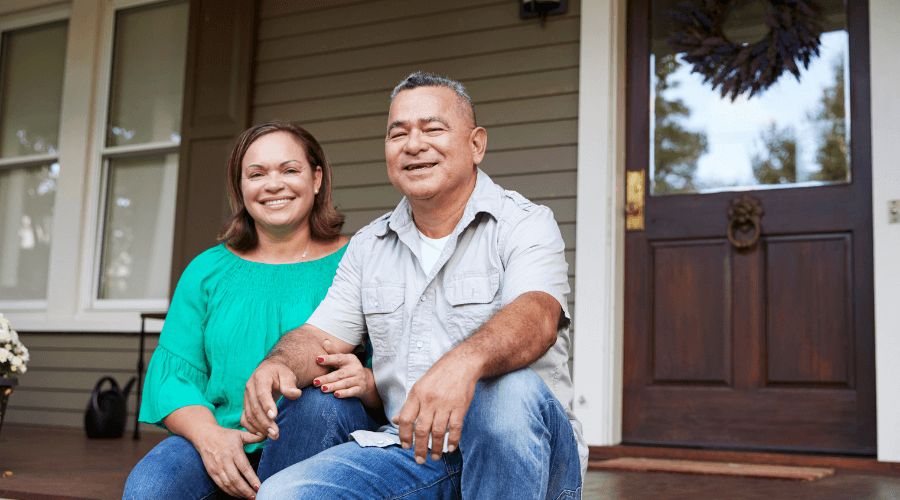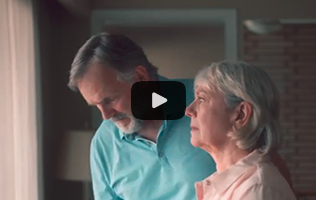“There’s no mental health without housing,” proclaimed Steve Lurie on TVO’s flagship program, the Agenda. Lurie is the executive director of Toronto’s Canadian Mental Health Association and he’s certain that there’s “a home ownership crisis in Ontario.” He’s also certain that people without permanent housing cannot hope to be mentally healthy.
Being without safe, affordable housing means existing in limbo. Everything about modern life depends on having a bed in which to sleep, a place to prepare meals, washroom facilities and a permanent address to put on identity cards. All the most basic attributes of home that most of us take for granted.
Yet, the wait list for social housing in Toronto grows by 400 every quarter these days. More than 700,000 renters in the province are spending more than 30 per cent of their income on rent, which downgrades all other needs. No wonder food banks have never been busier. And the crisis is not limited to Toronto. Northern Ontario and rural Ontario are also facing an affordable housing crisis.
What does this all mean for those of us who are fortunate enough to own our own homes? The first thing it means for me is to examine what home signifies. I appreciate Lurie’s phrase, “there’s no mental health without housing,” and although I’ve never experienced homelessness, on a much smaller scale, I do recall that the most stress I’ve felt in the last decade was when I moved house twice in less than three years.
Stress level indicators show that moving house is as stressful as losing a spouse and I don’t doubt it. It’s partly our essential comfort zone that is being disrupted, overturned and erased and partly our image of who we are. Think about it. You’ve had a challenging day. You’re driving home on a 400 highway, facing reckless drivers, people enraged by traffic volume. Sure, you can play music, even listen to podcasts, but it isn’t the same as sitting down in your living room, throwing off your shoes and immersing yourself in the people and things you love.
Home is our mental construct of who we are. Everyday experience, to a certain extent, is what we make of it, and the majority create an image of themselves rooted in the home: a safe, welcoming environment, that we’ve designed to make us happy and to protect us from the elements, both physical and psychological. When that breaks down, most other aspects of life do as well.
In my home, books and paintings provide me with a sense of security and just as importantly an aesthetic atmosphere that relaxes me and defines who I am. I like artwork, glasswork, family pictures, colourful cushions and rugs. Whenever I enter my living room, you could say, these things lift my spirit. When I try to imagine what my life would be like without them, the picture isn’t pretty.
In Psychology Today, Professor Frank T. McAndrew explains these feelings. “A strong attachment to the place that you live results in greater satisfaction with your home and expectations of future stability in that place. These feelings transcend attachments to other people in the area and represent a genuine affection for the physical location itself, and the passage of time strengthens our attachment to the places that we live. Because our physical surroundings play such an important role in creating a sense of meaning and organization in our lives, it is not surprising that our sense of the place we live is closely tied to our sense of who we are.”
There’s even a name for it: topophilia.
As Professor McAndrew says, “Home is the place where you feel in control and properly oriented in space and time; it is a predictable and secure place.” In the words of poet Robert Frost, “Home is the place that, when you have to go there, they have to take you in. In short, ‘home’ is the primary connection between you and the rest of the world.”
These days, I’m beginning to anticipate how my husband and I can remain in our home for as long as physically possible. Our home has three flights of stairs, which I’m certain, will become a challenge at some point, but a challenge I’m hoping to manage.
The more frequently I address the question of ageing in place, the more I realize it’s not necessary to downsize or move once again. In fact, after what I’ve spent on moving companies, legal and real estate expenses, when I moved four years ago, finding strategies to refit my home are reasonable in comparison.
A recent article in the New York Times – that I invite you to read, describes the most sensible adjustments so you can prolong living in your home. The author recommends a very helpful, comprehensive yet not overwhelming book, “Age in Place: A Guide to Modifying, Organizing, and Decluttering Mom and Dad’s Home,” by Lynda G. Shrager, an occupational therapist for the last 37 years who has worked with seniors in their homes for more than 13 years.
“It’s cheaper to stay in your home, even if you have to make some renovations and get an aide a few days a week to help,” Ms. Shrager said in an interview. “It’s money well spent and a lot cheaper than assisted living.” Your children will thank you.
In other words, it’s not selfish to be selfish. Don’t wait until there’s an emergency to make your home as comfortable as possible. And, it’s not only about convenience or safety. It’s okay to decorate and to design your home as a reflection of your best self. Your mental health will thank you.































